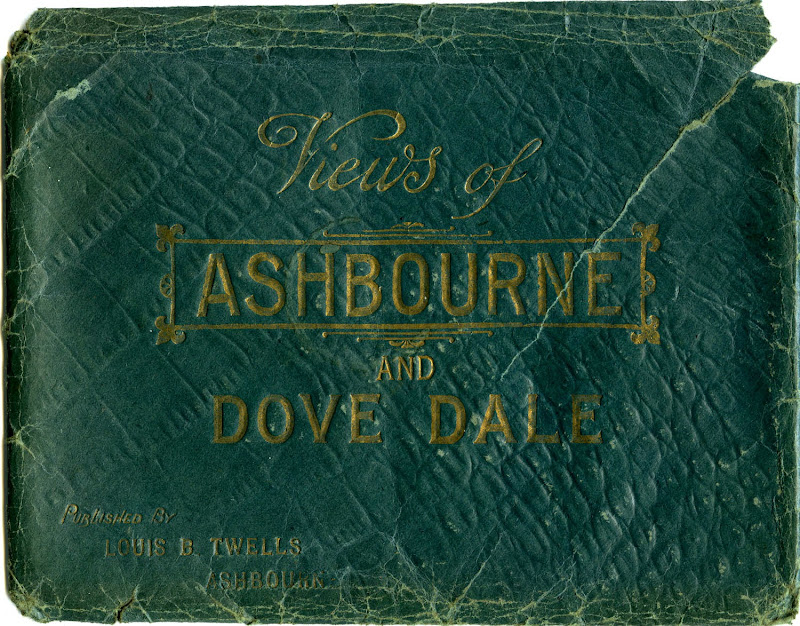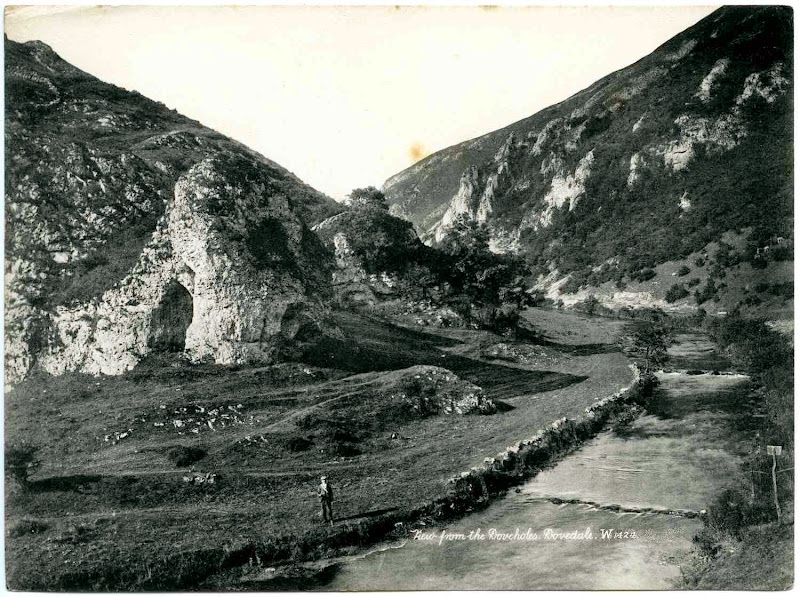
I recently purchased a box containing nineteen exposed 4" x 5" glass plate negatives. They depict various women and children, some of whom appear to be members of the same family. Sadly there are no notes or provenance to provide clues as to their origin but, as I will show, the batch appears to have survived as an intact collection. In other words, they probably belong together. They have little in common with this week's Sepia Saturday theme, except that two of the images show children engaged in what might with some latitude be called "home duties."

As with my recent studies of small photographic collections, A Grand Tour of Europe and Summer Holidays in Derbyshire, this group appears to have been taken in the early years of the twentieth century. Unlike the other two groups, these 19 photographs appear to have been taken over and extended period of time, covering several years in the lives of a family living somewhere in New Zealand. None of the photographs are annotated, nor is the box that they arrived in, so all provenance has unfortunately been lost.
One of the purposes for my showing these images is to demonstrate the process that I go through when researching such collections, in an an attempt to decide whether they are linked to each other in any way and, if so, then to try and establish a theoretical framework around the subjects. In many cases this may never lead to an positive identification but occasionally I have breakthroughs.

Image #09 - Three teenage children ("Agnes," "Charlie" and "Bertha")
5" x 4" (127 x 102mm) glass plate negative, unknown photographer
Image © Copyright & collection of Brett Payne
I'll start with this nicely focussed snapshot of three teenage children, two girls and a boy, seated on a grassy bank in the shade of tree. Just for convenience I'l call them "Agnes" (left), "Bertha" (right) and "Charlie." The girls have taken their hats off, while the boy, who looks as though he never bothered with one, is eating what looks to me like a dark-skinned plum. The clear images of these three individuals allows us to follow them through several years.

Image #14 - Three young children ("Agnes," "Bertha" and "Charlie")
4" x 5" (102 x 127mm) glass plate negative, unknown photographer
Image © Copyright & collection of Brett Payne
This image is partly out of focus, possibly blurred from movement and slightly over-exposed, but I think that the same three children are pictured hanging up the washing, although this must have a few years earlier. "Agnes" is handing a peg to "Bertha" and barefooted "Charlie" appears to have carelessly dropped the tin of pegs on the ground.

Image #05 - Three young children ("Bertha," "Agnes" and "Charlie")
5" x 4" (127 x 102mm) glass plate negative, unknown photographer
Image © Copyright & collection of Brett Payne
The trio are probably at the beach on this occasion, younger still, with one of the girls wearing a rather impractical cap which must have been difficult to control when the wind got up. "Charlie," seated with legs apart at right, is "unbreeched."

Image #16 - Young boy ("Charlie"), possibly with his mother ("Doris")
4" x 5" (102 x 127mm) glass plate negative, unknown photographer
Image © Copyright & collection of Brett Payne
Young "Charlie," here dressed in a Fauntleroy suit popular in the 1890s and early 1900s, appears with a young woman aged in her late twenties or early thirties, seated on a wicker chair, who I think might be his mother and who we will call "Doris."

Image #08 - Young child with doll on wicker chair (possibly "Charlie")
4" x 5" (102 x 127mm) glass plate negative, unknown photographer
Image © Copyright & collection of Brett Payne
An even younger child sits confidently in a different wicker chair placed on the lawn, holding a doll. Despite the presence of the doll, the child's facial features suggest to me that this, too, is our "Charlie."

Image #10 - Young boy in school uniform ("Charlie")
4" x 5" (102 x 127mm) glass plate negative, unknown photographer
Image © Copyright & collection of Brett Payne
Here is "Charlie" dressed in somewhat smarter attire, perhaps ready for his first day at school. The background to this photograph includes the wall of a house, possibly on a verandah or adjacent to an extrance, an upholstered straight-backed chair and a floral carpet.

Image #04 - Older woman ("Eliza") & teenage girl ("Frances") on verandah
4" x 5" (102 x 127mm) glass plate negative, unknown photographer
Image © Copyright & collection of Brett Payne
An almost identical background, only the chair having been changed, appears in two further photographs depicting three more women. In the first portrait an older woman (I'll call her "Eliza"), perhaps in her sixties, is sitting on the chair, while a different teenage girl (say "Frances") is seated on the carpet at her feet.

Image #17 - Middle-aged woman seated on verandah ("Doris")
4" x 5" (102 x 127mm) glass plate negative, unknown photographer
Image © Copyright & collection of Brett Payne
The third verandah portrait shows the middle-aged woman - I'm guessing she is in her late thirties to early forties - we've previous identified as the boy's mother ("Doris") sitting in the same chair. Unlike the others photographed on what may be the same occasion, who face directly into the camera lens, her gaze is off to the right of the photographer.

Image #02 - Middle-aged woman seated outdoors ("Doris")
4" x 5" (102 x 127mm) glass plate negative, unknown photographer
Image © Copyright & collection of Brett Payne
Within the same general time frame, but probably on a different occasion, "Doris" sat for another portrait outside her home. The same mouldings that appear in other images of their home are featured prominently in this shot, taken when the shadows were long, but still with enough light to make a decent picture. She has a low pompadour hairstyle and is wearing a leather-cased ladies' fob watch, both of which were popular in the decade immediately preceding the Great War, i.e. between c. 1905 and 1915. The jigsaw embroidery on the front of her blouse and hobble skirt with large buttons are typical of the same period.

Image #01 - Two young women reading ("Agnes" and "Bertha")
5" x 4" (127 x 102mm) glass plate negative, unknown photographer
Image © Copyright & collection of Brett Payne
Relatively few shots in this series show the surroundings of the house, but one that does is this view of the two girls ("Agnes" and "Bertha") seated in the garden, reading. "Bertha" has bagged the comfortable canvas folding deck chair, while "Agnes" has to make do with a dining room chair set partially in the shade. The presence of tree ferns indicates a strong likelihood that these photos originate here in New Zealand, where they were purchased. They both wear sensible wide-brimmed hats, Bertha's being of the distinctive cartwheel type. The house itself has a wide verandah along at least two sides, and a wooden railing in a stylish geometric pattern.

Image #12 - Teenage girl and apple tree ("Agnes")
4" x 5" (102 x 127mm) glass plate negative, unknown photographer
Image © Copyright & collection of Brett Payne
There are two further portraits of "Agnes" on her own. In the first of these she is standing next to what I believe to be an apple tree, dressed in the same clothing as Image #09, but with her hat on. More prominent in this photo is the narrow velvet choker around her neck, a fashion that arose with the appearance of lower necklines around 1905 to 1910.

Image #19 - Teenage girl, possibly in school uniform ("Agnes")
4" x 5" (102 x 127mm) glass plate negative, unknown photographer
Image © Copyright & collection of Brett Payne
In the next photo "Agnes" is seated in a chair, possibly on the verandah of the house, but in a different location from portraits #04, #08 & #10 displayed above. She is wearing what I think might be a school uniform, with a smart jacket or blazer, dark leather gloves, a tie with a shield and emblem embroidered on it, a straw boater with a broad striped hat band, and her hair tied up with a large bow at the back of her neck.

Image #11 - Three women in the garden ("Agnes", "Eliza" and "Gertrude")
5" x 4" (127 x 102mm) glass plate negative, unknown photographer
Image © Copyright & collection of Brett Payne
In a group portrait "Agnes" is seated with two older women, both on chairs placed on the path in front of the house, one of whom is "Eliza" from Image #04. She has a high-necked collar and is holding a pair of spectacles in her lap. The third woman, wearing a white blouse and tie, I will call "Gertrude."

Image #03 - Two women on the garden pth ("Gertrude" and "Eliza")
5" x 4" (127 x 102mm) glass plate negative, unknown photographer
Image © Copyright & collection of Brett Payne
A view of the garden path immediately to the right of the previous image shows "Eliza" and "Gertrude" dressed warmly in furs and large feathered hats walking towards the house.

Image #18 - Teenage girl on windowsill ("Frances")
4" x 5" (102 x 127mm) glass plate negative, unknown photographer
Image © Copyright & collection of Brett Payne
The third girl ("Frances") is depicted in another portrait, also taken on the verandah, although she is seated precariously on the wide windowsill. Her clothing and hair style are identical with that worn in Image #04, and the two photographs are likely to have been taken on the same occasion.
The Picasa album slideshow above shows the full set of images in the approximate order that I believe they were taken, probably over a period about a decade some time between the years of c.1900 and 1915.
My analysis of the family is as follows:
- Agnes, Bertha and Charlie are siblings, probably born in the late 1890s to early 1900s
- Doris is the children's mother, probably born in the mid- to late 1870s
- Eliza is the children's grandmother, probably born in the 1850s
- Frances is possibly a cousin of Agnes, Bertha and Charlie, and a similar age to them
- Gertrude may be a friend or a relative, possibly a maiden aunt
I must reiterate that these aren't their real names; I've merely invented them for the sake of convenience.
It's possible that a positive identification of this family may be made eventually but, in the mean time, if you spot any further clues or even disagree with any of my rather tenuous deductions, please don't hesitate to get in touch or leave a comment below.

















































